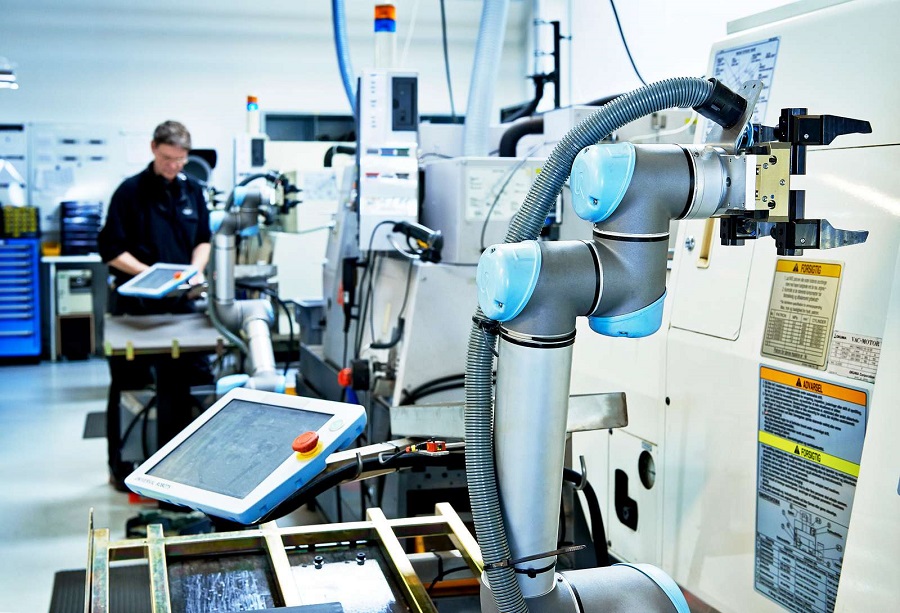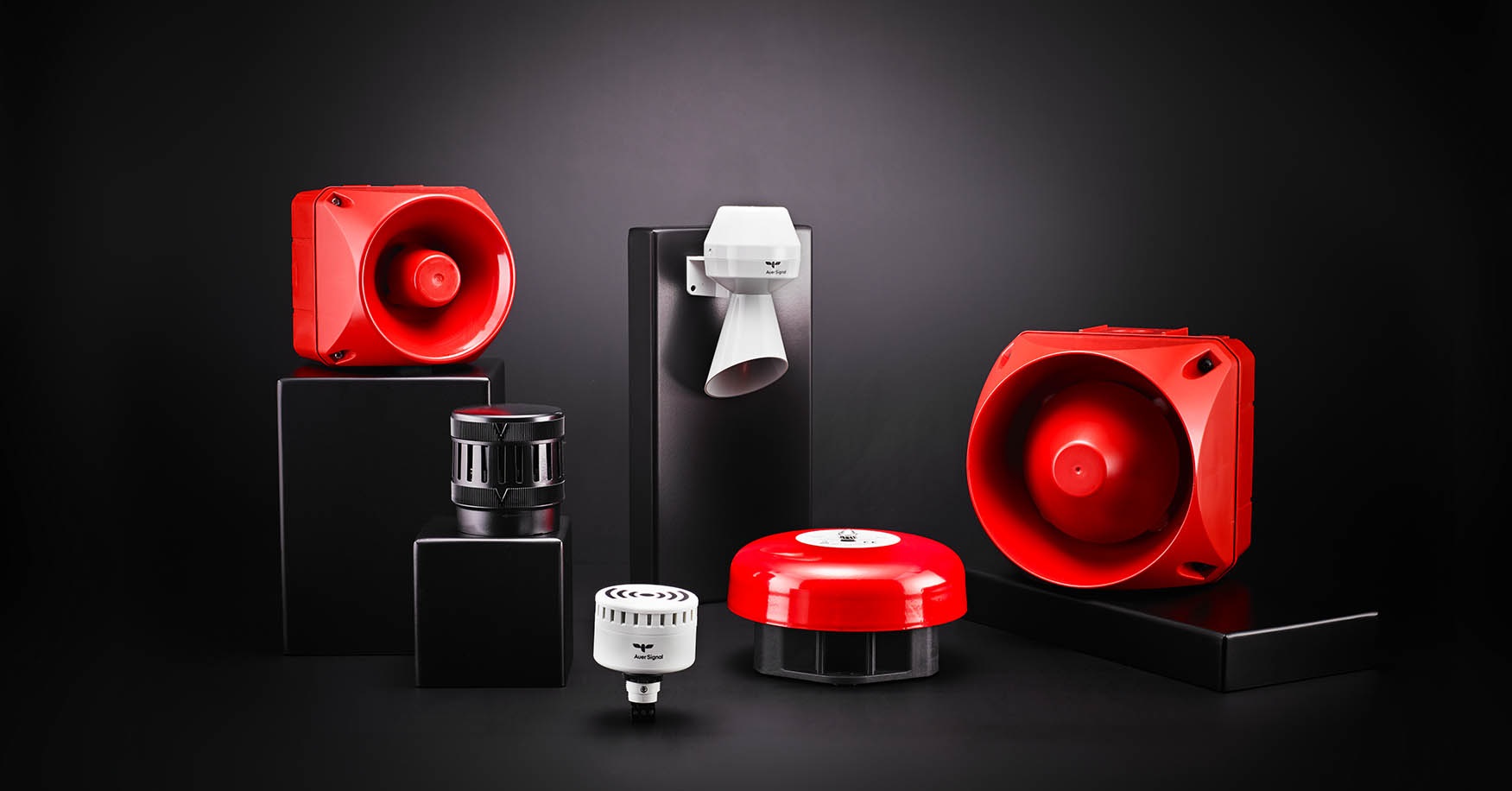As the world continues to embrace technology, businesses are slowly automating their business processes to be able to sustain the rising demand given the rising world’s population. However, there is more to the adoption of a robot into businesses than just being able to meet the rising demand. The following comprises the reasons why a business entity ought to invest in a robot.
1. Minimizes Labor Costs
Manufacturing entities require high levels of labor to perform various tasks in the manufacturing process. There are lots of activities involved in product manufacture, starting from material handling to the production of the final product.
Given the labor, especially in the developed world is paid on an hourly basis, and then the cost of labor will be too high. High labor costs may reduce a company’s profitability, or even result in losses. However, the introduction of robots into manufacturing aids in the reduction of labor costs.
A robot can take up almost all the tasks that were being handled by almost all the employees in the company, except for the supervisory roles. Given that a robot works at a very high speed is consistent in performance, and does not tire nor take breaks, then it can carry out all the tasks that a human employee would take weeks or months to accomplish, even in a single day.
As a result of introducing robots to manufacturing, labor costs reduce by a great margin.
2. Increases Company’s Output, Hence Profitability
Robots operate at high speeds that are incomparable to humans’. Additionally, robots can operate non-stop 24/7 provided they have been properly programmed to perform certain tasks.
Hence, robots’ abilities of being able to operate consistently, non-stop, and at high speeds, translates to increased company output. A manufacturing entity is able to meet the customer demands if they have implemented the use of robots, unlike when operating via human labor.
Companies are able to take up any product order request from any customer since the use of robots gives some level of assurance that the demand can be met. All these culminate into increased productivity, and hence profitability.

3. Enhances Employee Safety
Industrial processes involve various activities ranging from the safest to the most dangerous. Dangerous or harmful industrial processes involve the handling of heavy machinery, spraying of harmful chemicals, and exposure to dusty jobs. The mentioned harmful activities are just but a few.
The harmful industrial processes expose workers to injuries, deteriorating health, and even death. However, the installation of robots in industries means that harmful and dehumanizing activities are taken over by robots. The employees are relieved of the dangerous job, which means they can focus on the safe jobs in the company.
The company benefits also from the fact that they do not have to set apart money for use as compensation to employees in the event of anyone getting hurt from performing the dangerous jobs. Also, legal issues against the company for any injuries is eliminated through the installation of a robot.
4. Reduced Wastage
Robots operate with heightened levels of accuracy and consistency. Hence, the products that are generated through the utilization of robots are often uniform, quality, and to the exact size and all the required specifications.
On the other hand, humans are prone to error. Hence, the products produced through human labor tend to differ a little bit. That means the products cannot be produced to the required company specifications, and the customer may reject them for not being of high quality.
The robots eliminate the wastages from the production of less quality products. Also, the material that goes to waste when humans do the production is eliminated through the use of robots.
5. Increased Competitive Advantage
Companies that rely on robots for production are far much ahead of the companies that do not rely on robots. They experience increased output, reduced wastage, minimized labor costs, and ultimately experience increased levels of profitability.
Hence, companies whose operations have been automated through robotics are more competitive than those whose operations are mainly accomplished through the utilization of human labor.
Conclusion
Industries should adopt the use of robots mainly because of the above five benefits that accrue from their utilization. Robots reduce labor costs, increase productivity, reduce wastage, enhance employee safety, and increase the company’s competitive advantage.










Comments